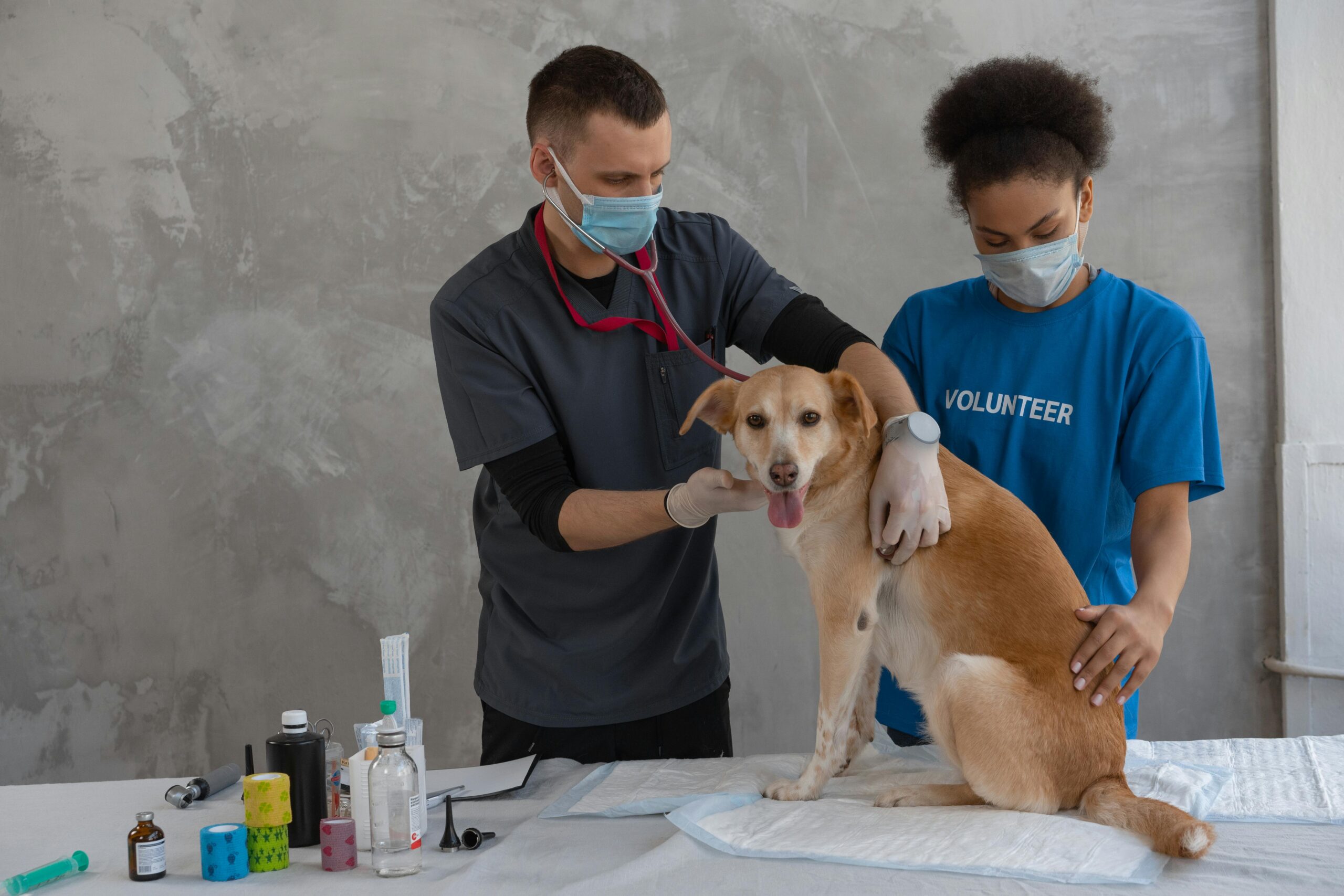In the world of animal care, the roles of a veterinary technician (often referred to as a “vet tech”) and a veterinarian are both vital. However, there are distinct differences in their education, responsibilities, and roles in the healthcare of animals. Read on to see the key difference in roles of Veterinary Technicians vs. Veterinarians.
Education Requirements
- Veterinary Technicians and Technologists: Vet techs typically hold an associate degree in veterinary technology. Some may opt to further their education by pursuing a bachelor’s degree, thereby becoming veterinary technologists. These degrees are obtained from accredited veterinary technology programs, endorsed by organizations like the American Veterinary Medical Association (AVMA). After graduation, they must pass the Veterinary Technician National Exam (VTNE) to be credentialed.
- In the State of California, you have two options to become a Vet Tech, and at OCVAS we offer an Alternate Route. What is the Alt Route? The completion of a combination of postsecondary education and at least 4,416 hours of practical experience in no less than 24 months under the direct supervision of a California-licensed veterinarian. The education shall consist of a total of 20 semester units, 30 quarter units, or 300 hours of instruction; shall be provided by a postsecondary academic institution or a qualified instructor as defined by CA Section 2068.5; shall be accumulated in the fundamentals and principles of 13 subjects.
- Veterinarians: Aspiring veterinarians generally require a bachelor’s degree (often in a related field like biology or animal science) followed by a four-year doctorate from veterinary colleges. Post-graduation, they must pass a national examination, specific to their country or state, to become a licensed veterinarian.
Job Responsibilities
- Vet Techs: Veterinary technicians or technologists play a role similar to nurses in human healthcare. Their responsibilities include drawing blood, administering vaccines, assisting in surgeries, performing x-rays, and conducting laboratory tests. They may also provide first aid to injured animals and offer nursing care in critical situations. In some settings, like zoos or research facilities, their role can be specialized based on the needs of the establishment.
- Veterinarians: Veterinarians diagnose illnesses, perform surgeries, and prescribe medications. They also guide pet owners on animal behavior and preventative care. Their deep knowledge in veterinary medicine is critical in treating and preventing diseases.
Work Environments
Both vet techs and veterinarians work in a range of settings, including veterinary clinics, animal hospitals, zoos, kennels, humane societies, and research facilities. Their hands-on approach with animals is integral to ensure optimal animal health and care.
Career Path and Job Outlook
According to the U.S. Bureau of Labor Statistics (BLS), the demand for both vet tech jobs and veterinarians is on the rise. The BLS reports that the job outlook for veterinary technologists and technicians is growing faster than average, especially in America’s states with robust pet populations, like California.
Veterinarians, especially those with specialties, often have higher salaries. Continual advancements in veterinary medicine mean that continuing education is vital for both roles to stay updated.
Further Distinctions
It’s essential to differentiate between a veterinary technician and a veterinary assistant. While vet techs usually have formal education and must pass a credentialing exam, a veterinary assistant (often referred to as a “vet assistant”) might only have a high school diploma. Vet assistants typically handle tasks like keeping kennels clean or assisting with basic animal care.
Professional Associations
Organizations like the American Veterinary Medical Association (AVMA) and the National Association of Veterinary Technicians (NAVTA) offer resources, certifications, and continuing education opportunities for professionals in the field.
Conclusion
While both vet techs and veterinarians play crucial roles in animal healthcare, their education, job responsibilities, and career trajectories vary significantly when it comes to veterinary technicians vs. veterinarians. Pet owners and those aspiring to join the field should understand these differences to ensure they are receiving or providing the best care for animals.

